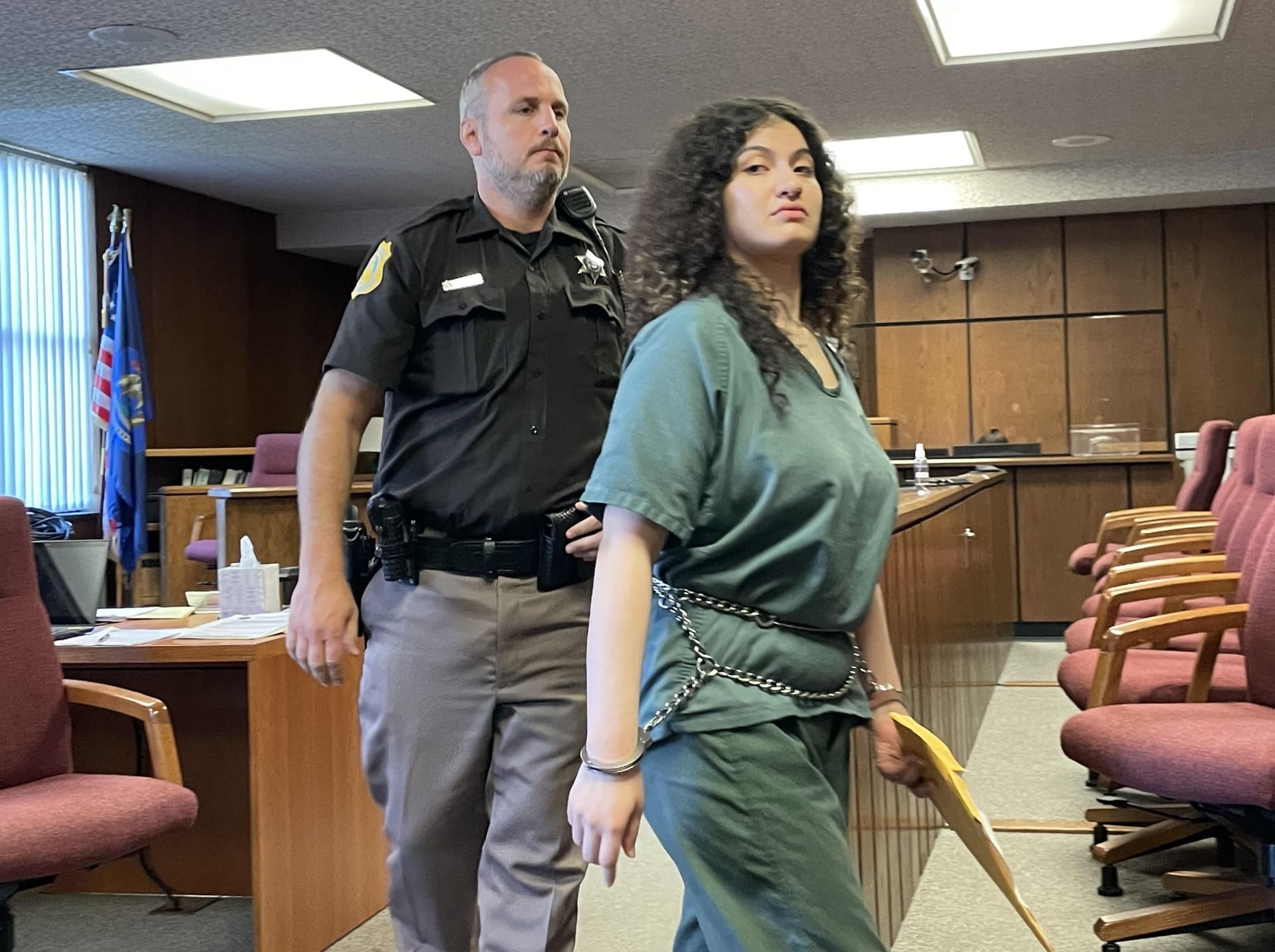Nebraska Woman Sentenced To Life Over Small Town Quadruple Killings
A Nebraska woman, Carrie Jones, was sentenced to life in prison on November 20, 2025 for her role in the 2022 slaying of Gene Twiford, part of a quadruple killing that shattered a town that had long seen little violence. The case and simultaneous death penalty proceedings for her husband have drawn intense local attention and raise questions about motive, evidence handling, and long term community recovery.

Carrie Jones, 46, received a life sentence on November 20, 2025 after a jury found her guilty in August of aiding and abetting in the first degree murder of 86 year old Gene Twiford, who was shot in Laurel, Nebraska in August 2022. Prosecutors also secured convictions against her for tampering with physical evidence and being an accessory to a felony. The sentence concludes one phase of a case that began with four killings that stunned a town of fewer than 1,000 people about 100 miles northwest of Omaha.
Authorities say Carrie Jones encouraged her husband to confront Gene Twiford over alleged inappropriate comments and later helped him hide while he was sought by police. Her husband, Jason Jones, was convicted last year in the shootings that also claimed the lives of Gene Twiford’s wife, Janet Twiford, 85, their daughter Dana Twiford, 55, and another Laurel resident, Michele Ebeling, 53. Prosecutors have said Jason Jones set fire to victims’ homes and was found by police in his wife’s house suffering severe burns that required hospitalization before he was moved to prison.
On the same day Carrie Jones was sentenced, three judges met to consider whether Jason Jones should face a death sentence following his earlier convictions on multiple counts. That separate proceeding means the story will continue to unfold in court and in the community, with potential appeals and post conviction challenges likely to follow.
For true crime enthusiasts and community observers the case offers a concentrated study in how motive allegation, family dynamics, evidence tampering, and arson can intersect with small town social networks. Laurel residents and hobbyist researchers alike have watched how prosecutors built a case that extended beyond the shooter to an accomplice, and how the impact of the violence continues to reverberate in a place unaccustomed to such crimes. As legal decisions proceed, the proceedings will remain a focal point for those tracking criminal accountability and the long term effects of violent crime on tight knit communities.


